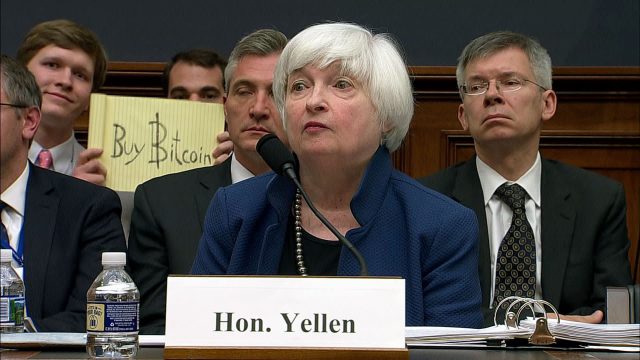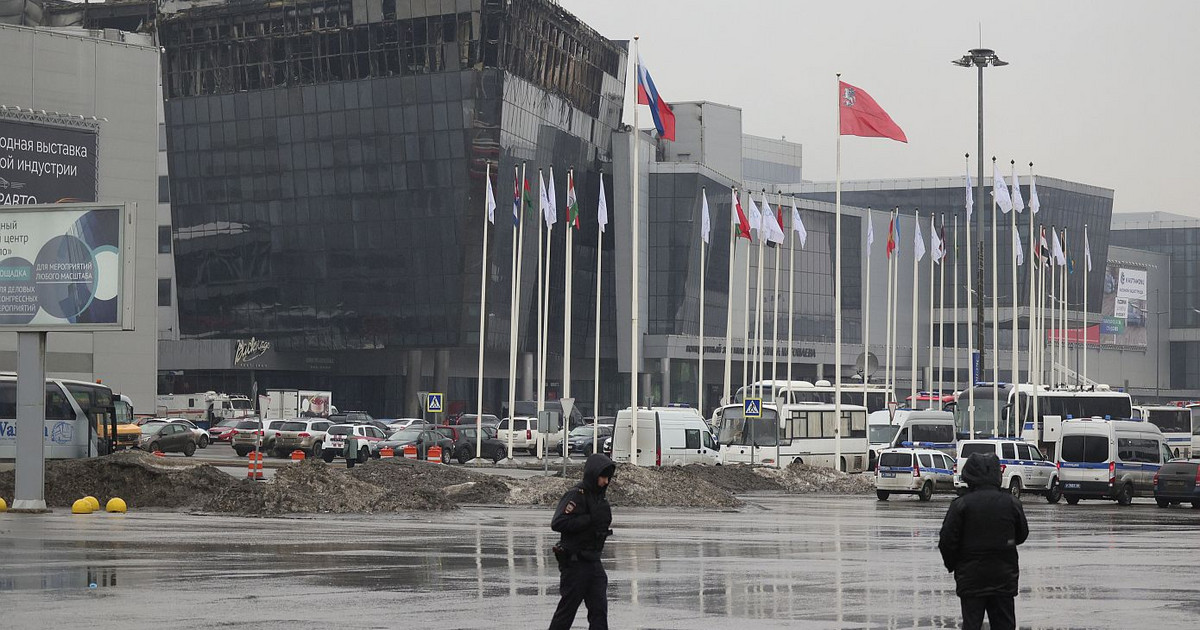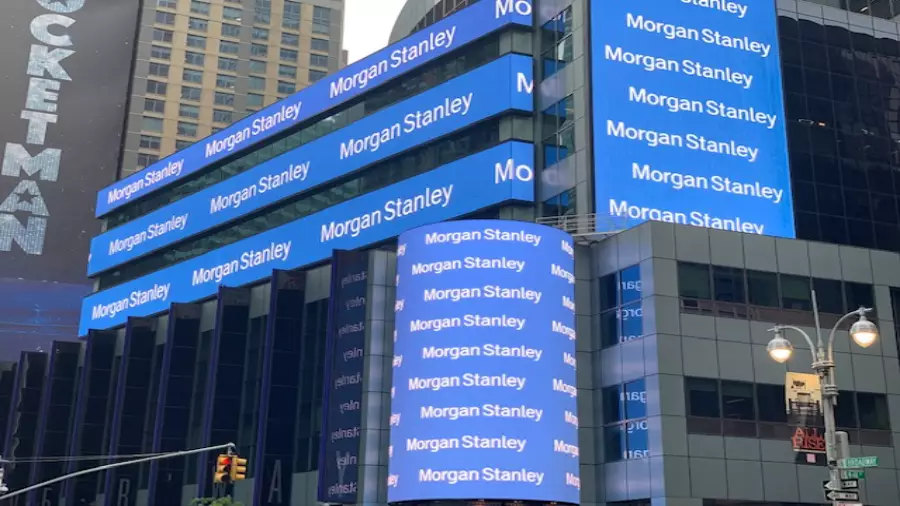Activist Vanessa Nakate was 21 years old when deadly floods flooded vast areas of East Africa in 2018. She didn’t consider herself a climate activist at the time, but soon after the disaster, she and her younger brothers and cousins decorated posters and started protests in his hometown of Kampala, Uganda’s capital.
With storms intensifying, devastating forest fires and relentless drought wreaking havoc in Africa and around the world, Nakate publicly accused governments of not doing enough to make the Earth habitable for future generations.
She says young people understand the urgency of moving away from fossil fuels much better than previous generations.
“I want to see leaders, governments and corporations raising their voices for the people,” Nakate told CNN. “And that means putting an end to fossil fuel projects. As I always say: we cannot eat coal, we cannot drink oil and we cannot breathe so-called natural gas”.
Nakate’s generation is maturing in a world that is heating up much faster than scientists predicted, and young people clearly see the coming climate catastrophe.
They are contesting the power structures from which they are cast out, cutting their way into conversations to have a say in their own future. They are channeling their eager energy into organizing weather rallies and protests, skipping classes to sit outside the Parliament and UN headquarters buildings for long hours, and holding governments accountable in public forums such as the summit. COP26 on the continued use of fossil fuels.
They have long felt ignored by the older generation of leaders. Young activists who spoke with the CNN they said they didn’t think it would take that long for countries to commit to solving the climate crisis.
Young people want to be seen as real partners
Vladislav Kaim, a 26-year-old Moldovan activist, began advocating climate action in 2014. Six years later, he joined the UN Secretary-General’s Youth Advisory Group on Climate Change.
Now wearing a suit and walking alongside powerful decision makers and policy influencers on the international stage, he feels the young man still needs to be recognized as an equal partner.
“If we don’t implement this principle of co-equal specialization with young people, I’m afraid there will be no representative intergenerational dialogue and no significant change in the way power structures operate,” Kaim told CNN.
“Interacting at work with power structures and at the same time challenging them is walking a tightrope,” he added.
“When I work in these corridors of power, I am especially pressing the points that are important to my region, but I also meet allies from other regions, the vulnerable communities who share the same cause.”
Despite feeling on the sidelines, young people are finding these paths. They have been suing governments, filing complaints with the UN, demanding climate education, going on hunger strike, installing green infrastructure, testifying in government agencies and even winning elections – all in the name of the climate crisis.
“If young activists alone can transform communities, it shows that governments are truly capable of transforming their countries or the world,” said Ugandan Nakate, now 24. “But what is lacking is the political will for this”.
Nakate, who is black, appeared on the global stage in January 2020 when the Associated Press news agency cut her from a photo for which she posed alongside Greta Thunberg and other young white activists at the World Economic Forum in Davos.
Sally Buzbee, the executive editor of AP at the time, apologized for the mistake. “We are sorry to publish a photo this morning that cut Ugandan climate activist Vanessa Nakate, the only non-white person in the photo,” said Buzbee. “As a news organization, we care deeply about accurately representing the world we cover.”
But this has sparked a broader conversation about inequalities within the climate movement and the role young black people are playing. “You didn’t just delete a photo,” Nakate tweeted back. “You erased a continent.”
The moment was a turning point for her activism, but Nakate has done work in her country that shows she is more than the activist who was cut out of a photo.
His book “The Bigger Picture” describes his involvement in protests in Uganda, his networking with young activists around the world, and the installation of energy-efficient solar panels and stoves. for schools in rural Ugandan communities.
She says she realized that since governments are not taking concrete steps towards a fair transition from fossil fuels and an end to rampant deforestation, she needed a more holistic approach to dealing with the various crises Uganda has faced, such as unsafe conditions. learning, energy poverty and gender inequality.
“If young people can create and carry out these projects and transform people’s lives, what about those governments that have all the resources, all the money and all the infrastructure or connections they need to make these things happen?” the activist.
That’s what Aji Piper, now 21, says he’s been asking since he was 12 years old.
Violation of young people’s rights to life, liberty and property
In 2015, Piper and 20 other young climate activists sued the US government in the Juliana v United States case, in which the plaintiff argued that the government’s role in causing and perpetuating the climate crisis violates young people’s constitutional rights to life , to freedom and property.
They recently asked a federal judge in the state of Oregon to hear an amended version of the action after the 9th US Court of Appeals dismissed the case in 2020.
Piper said the process was stressful for him. Convincing adults in power, he said, has always been the most challenging aspect.
“They actually underestimate our intelligence,” Piper vented to CNN. “I can’t describe how many times the response I got from people was like, ‘Oh, poor boy working the adult agenda.’
“That was the hardest thing to overcome, that adults actually saw me as a child – speaking adult words among themselves – rather than a young person concerned about my future, understanding the problem and trying to convince them to see the my point of view,” he added.
The process inspired other youth-led climate legal efforts around the world. In 2019, 15 young activists, including Thunberg, filed a complaint with the UN saying that inaction on climate change is a violation of the rights of children and adolescents.
In October, the United Nations Committee on the Rights of the Child said it could not immediately decide the case. Litokne Kabua, an 18-year-old climate activist from the Republic of the Marshall Islands, was among 15 who filed the complaint with the UN.
The islands where he lives are plagued by a legacy of military contamination and environmental injustice. In 2019, researchers found that the Marshall Islands were more radioactive than Chernobyl and Fukushima. Islanders faced the health impacts of nuclear waste, squeezed into an 85,000 cubic meter dome, now threatened by rising seas.
Worryingly, the Marshall Islands pay a high price for the failure of other countries to get rid of fossil fuels.
“I believe that we young people understand that we will face much more serious challenges than what we see now,” Kabua told CNN, “but some of the older generation still seem to disapprove of this kind of statement.”
Mitzi Jonelle Tan, climate justice organizer for Youth Advocates for Climate Action in the Philippines, is a witness to the crisis. She grew up witnessing severe storms, floods and landslides in her home country, particularly in low-income communities along the coast. In 2013, Typhoon Haiyan hit the Philippines and killed more than 6,000 people.
“Our anxiety, especially for people in the Global South, comes from climate trauma,” Tan told CNN. “We know that our countries will be the most impacted, in fact they are already the most impacted, and we know how this situation is. We already know the fear that this brings us and we know that the situation will get worse if everything continues as it is”.
Providing knowledge about the climate issue and transforming it into action is still a challenge
In developing countries like the Philippines and Uganda, environmental injustice adds another layer to the challenge of containing the climate crisis. As climate change depletes natural resources, studies by organizations show that the Philippines, as well as countries in Africa and South America, are among the deadliest nations for people trying to defend their environment.
The fight to stop fossil fuel pollution is a personal one for Tan, who suffers from a lung disease. But due to the lack of education about climate change in the Philippines, most people are not aware of how climate is related to other issues such as public health.
To address this gap, Tan and other YACAP activists have delivered climate lesson plans for vulnerable communities and are in talks with the Ministry of Education to institutionalize climate learning in the curriculum.
“There’s definitely a knowledge gap, because even looking at the climate science available, it’s all in English,” Tan told CNN. “This language barrier is a huge thing. It’s these little things that we think aren’t that important, but actually they are and they are a lot, which is to have a language that people understand about the climate crisis so that they receive knowledge and can turn it into action.”
Letter from young activists signed by more than 1.5 million people
As the climate crisis intensifies, so does the youth movement. With the start of COP26 in Glasgow, Nakate and Tan have launched an open letter that urgently calls on world leaders to “address the climate emergency”.
The letter, which includes a five-point plan, has already been signed by more than 1.5 million people around the world, in another example of youth leading the way.
“Climate change is more than just the weather, it’s more than a statistic, it’s about people – and people are being impacted right now,” said Nakate. “Young activists know we can transform this world. It’s time to look at climate change beyond what we’ve seen, it’s time to look at the bigger picture.”
(This text is a translation. To read the original, in English, click here).
Reference: CNN Brasil
I’m James Harper, a highly experienced and accomplished news writer for World Stock Market. I have been writing in the Politics section of the website for over five years, providing readers with up-to-date and insightful information about current events in politics. My work is widely read and respected by many industry professionals as well as laymen.






